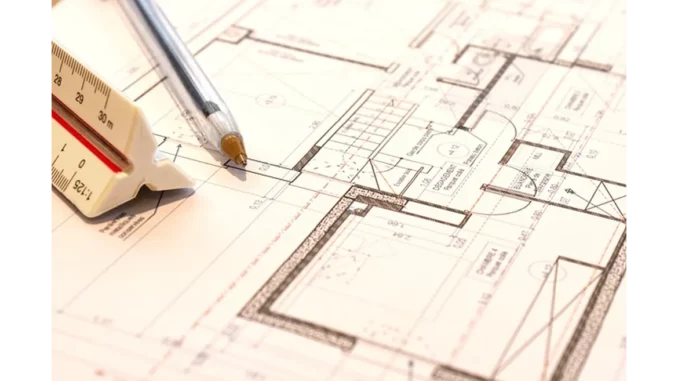
In the ever-evolving world of architecture, staying updated with environmental regulations is not just a necessity but a pivotal aspect of sustainable design. Recently, I had the opportunity to sit down with Emily Carter, a Junior Sustainable Architect with a wealth of experience in integrating environmental compliance into architectural projects. Her journey offers valuable insights into the meticulous world of green architecture and the importance of staying abreast of local and regional regulations.
Focus360 Energy: property compliance services – pre-planning to post-construction. Learn more.
Emily’s journey into sustainable architecture began during her university days, where she developed an interest in green building practices. “I was always drawn to the idea of creating spaces that were not only aesthetically pleasing but also environmentally responsible,” she explained. After graduation, Emily joined a firm that prioritised sustainable design, a decision that set the course for her career.
From the outset, Emily was immersed in projects that required adherence to stringent environmental standards. “One of my first major projects was a commercial building aiming for LEED Platinum certification. It was both challenging and rewarding,” she recounted. LEED, or Leadership in Energy and Environmental Design, is a globally recognised certification that assesses the sustainability of buildings. Achieving Platinum status requires a deep commitment to green building practices.
Emily described the rigorous research and preparation involved. “To ensure compliance, I had to delve into local environmental regulations, which vary significantly from one region to another. It’s crucial to understand these nuances to integrate them effectively into the design process,” she pointed out. This research phase often involved analysing regional legislation on energy efficiency, water usage, and sustainable materials, among other factors.
Apart from LEED, Emily also gained experience with BREEAM (Building Research Establishment Environmental Assessment Method), another widely used certification system in Europe. “Each system has its unique criteria and benefits. Understanding both LEED and BREEAM allows us to tailor our approach based on the project’s location and goals,” she explained.
One notable project Emily worked on was a residential development with a strong focus on sustainability. “The project had stringent requirements for green building certifications, which prompted us to incorporate sustainable practices at every stage,” she said. This involved collaborating with a diverse project team, conducting thorough research on sustainable materials, and using energy modelling software to optimise building performance. “Energy modelling is a powerful tool,” Emily noted, “it helps predict a building’s energy consumption and environmental impact, allowing us to make informed design decisions.”
Emily highlighted the importance of technical documentation in demonstrating compliance with environmental standards. “Producing comprehensive documentation is essential. It not only showcases our adherence to regulations but also serves as a valuable reference for future projects,” she added. This documentation typically includes detailed reports on energy usage, material selection, and design strategies that align with certification criteria.
Throughout her career, Emily has emphasised the importance of continuous learning. “The field of green architecture is dynamic. Regulations and technologies are constantly evolving, so it’s vital to stay updated,” she stressed. Emily regularly attends seminars and workshops to keep abreast of the latest trends and innovations in sustainable design. “Industry publications and professional networks are also invaluable resources for staying informed,” she added.
When asked about the challenges of working within the framework of environmental regulations, Emily acknowledged that it can be demanding but ultimately rewarding. “Interpreting and applying these regulations requires a keen understanding of sustainable design principles. It’s not just about ticking boxes; it’s about creating buildings that truly make a positive impact on the environment.”
Emily’s dedication to sustainability and her ability to navigate complex regulatory landscapes have been instrumental in delivering projects that meet and often exceed client expectations. “Our goal is always to create spaces that are not only compliant but also inspire others to embrace sustainable practices,” she concluded.
In today’s world, the role of architects like Emily is more crucial than ever. As we face increasing environmental challenges, the integration of sustainability into architectural design is no longer optional—it’s imperative. Emily’s experience serves as a testament to the importance of research, collaboration, and a commitment to continuous learning in achieving excellence in sustainable architecture.
In closing, Emily left me with a powerful thought: “Every project is an opportunity to push the boundaries of what sustainable architecture can achieve. By staying informed and dedicated to our craft, we can lead the way towards a more sustainable future.”
Through her insights, it’s clear that the path to sustainable architecture is paved with knowledge, passion, and an unwavering commitment to the environment.
Lewis Davis


Be the first to comment